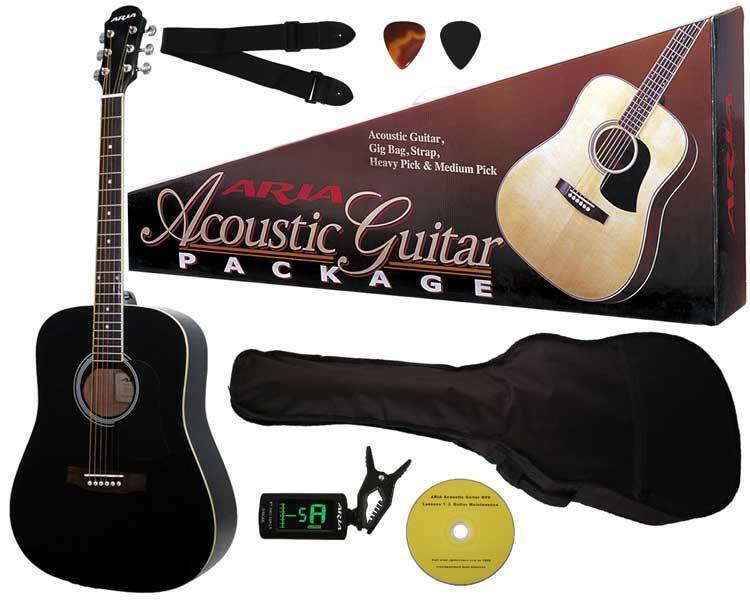

He wrote "Old Folks," "Lazy Bones," which was kind of a super, super hit in the sheet music world back in the day. And Willard Robison was one of these great American composers. But the arrangement we do is basically taken from Willard Robison. And the original version is more or less kind of traditional, harmonically speaking. There's a song called "Harlem Blues" that we do on the record and it's written by W.C. But so could you demonstrate what you mean by cowboy chords and also maybe, like, how that compares to, like, say, a more accepted jazz harmony? And you also say that these kinds of harmonies might be frowned upon today by jazz purists.

It's very hard to pin down, much like how I feel with a lot of popular music today.īRIGER: You've said that a lot of these songs from that period have these, like, weird harmonies and, like, that they're using these cowboy chords. There was this thing where you kind of couldn't tell if it was country, if it was ragtime, if it was - you know, if these were the seeds of bebop, if they were showtunes. LAGE: I think there's something that that era, specifically the teens and the '20s and the kind of early '30s, you know, before things got kind of codified and slick and refined.

You've said you wanted to pick some, quote, "pre-bebop songs." Why was that era interesting to you? The electric guitar was always so fascinating to me, and my guitar heroes played it, you know, people like Stevie Ray Vaughan or, you know, Clapton or whatnot - Muddy Waters.īRIGER: So most of the songs on this album are originals, but you've chosen to cover a few songs from the first half of the 20th century. It was a trace from a poster of Bruce Springsteen's Esquire, which is basically like a Telecaster-style guitar. LAGE: Well, I grew up playing, you know, Stratocaster, a Paul Reed Smith, and my very first guitar when I was - before I played was a piece of plywood that was cut in the shape of a Telecaster by my father.

Why did you want that very electric sound for this? You actually use one of the oldest in production kinds of guitars, the Fender Telecaster and you sort of forgo the more traditional jazz guitar sound. LAGE: Thank you so much, Sam, great to be here.īRIGER: So it sounds like you're really having a lot of fun on this album and you decided to use an electric guitar for this. SAM BRIGER, BYLINE: That's the tune "Fortune Teller" from the new album "Arclight" by my guest Julian Lage. They started with a track from "Arclight" called "Fortune Teller." He spoke with FRESH AIR producer Sam Briger. Lage has a new trio album called "Arclight" with bassist Scott Colley and drummer Kenny Wollesen, featuring Lage on electric guitar. He's also recorded duets, exploring the avant-garde with guitarist Nels Cline and bluegrass and traditional music with guitarist Chris Eldridge. He's since recorded with Gary Burton, David Grisman and Fred Hirsch and released albums under his own name. GROSS: That's Julian Lage when he was 8 years. He just has very much soul into his instrument. Now, Buddy Guy plays for thousands of people. LAGE: A long time ago, Robert Johnson has the blues. I mean, lots of them sound like they have been - had things in their life if they're good musicians because lots of people have good feeling for their instrument. JULIAN LAGE: Most people that are not musicians feel whenever somebody plays the blues they really have the blues. (SOUNDBITE OF DOCUMENTARY, "JULES AT EIGHT") Here's a clip of Lage speaking in that documentary. He was also the subject of a short documentary when he was 8, appropriately titled "Jules At Eight." At the time, Lage was playing jazz and blues with older musicians. He began playing guitar at the age of 5, appeared on stage at The Grammys at 13 and was a member of vibraphonist Gary Burton's band at 16. Our next guest, jazz guitarist Julian Lage, has had a successful two-decade career in the music business, which is kind of remarkable considering that he's only 28 years old.


 0 kommentar(er)
0 kommentar(er)
